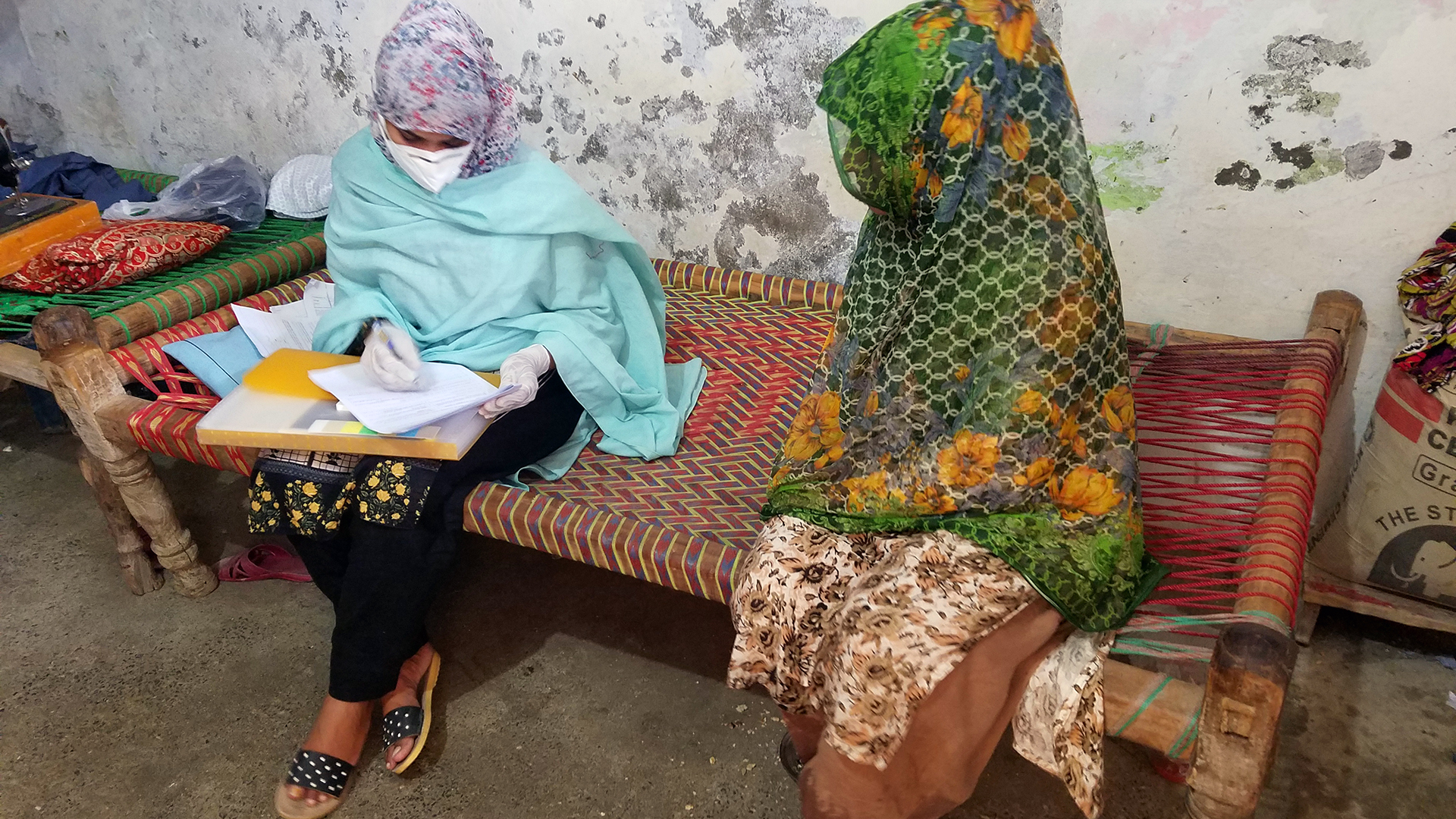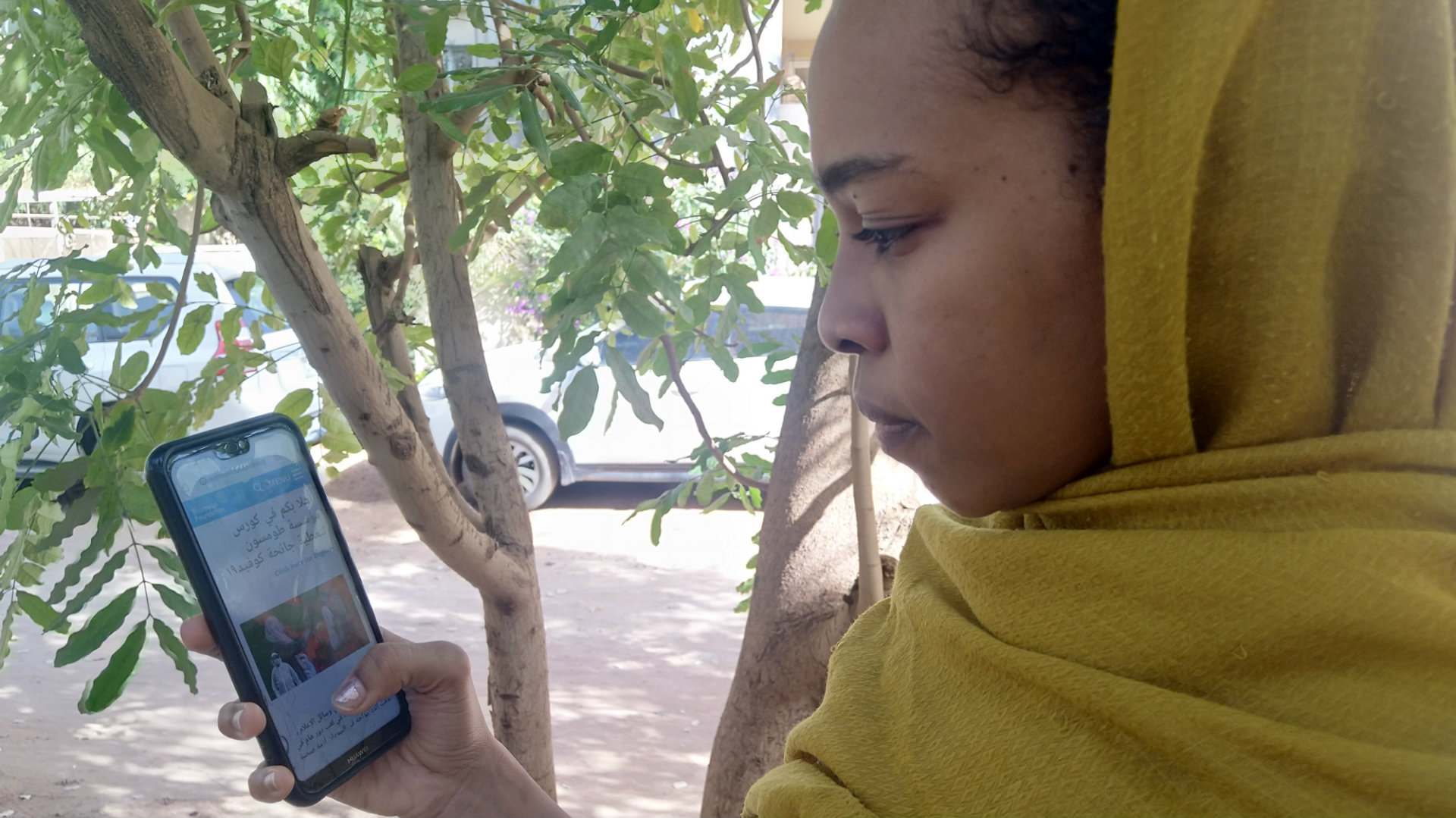Khalida Niaz is a journalist with the Tribal News Network based in Peshawar, Pakistan. She was amongst a group of editors and managers taking part in a course run by Thomson Media on how to engage and grow audiences. Originally planned to be face-to-face, the pandemic forced it online.
The world is changing fast after the outbreak of Covid-19 and most of my daily tasks such as meetings, training sessions and even business interactions now occur online.
But people find it difficult to come out of their comfort zone and accept new ways of doing things. This is more than true for journalists and media professionals in traditional societies like ours in Pakistan.
Being a female journalist hailing from Nowshera district of Khyber Pakhtunkhwa, I personally find it difficult to get used to and stay focused during online meetings and training sessions as I am not accustomed to the technology and the “new normal” in the wake of Covid-19.
The Thomson Media course was the first training of its kind in my seven-year career as an editor and, despite being virtual, I really enjoyed it because it was so engaging, flexible and relevant to our day-to-day editorial decision making.
It was so engaging, flexible and relevant
We were taught through examples how to enhance our skills. How to achieve high outputs from staff and maintain and increase productivity in the newsroom. How to manage staff, praising them when they perform well but also how to handle situations when they make mistakes – ideally talking to them in person.
Unfortunately, supervisors in most media organisations in KP province and elsewhere in Pakistan admonish staff in front of others and rarely praise good work.
Story relevance
Our trainer Andrew North, a British journalist who has worked for the BBC and the Guardian, asked us to come up with ideas for stories and pitch them in a staged online editorial meeting. I chose to profile a female politician from Mardan district in KP who received more than 4,000 votes in the general election in 2018, unusual for a woman as very few contest elections. However, Andrew questioned the relevance of my topic at a time of no elections; I immediately realised that the timing of a story is important irrespective of the topic.
We were then introduced to different techniques to increase our number of listeners and viewers. We learnt that it is essential for a news organisation to know about its audience and asked to identify our target audience. We made an imaginary sketch of our ideal viewer or listener and then tested our perception through scientific means such as social media metrics and audience surveys.
Engaging audiences
The course also expanded on the importance of feedback in an area we are already working on, especially since switching to digital media. We receive most of our feedback through our social media channels and have also done several stories using feedback as the source.
Tribal News Network is already producing stories with a human focus and the training course emphasised the importance of the human angle and case studies to make our stories more engaging.
We learnt that story relevance and treatment is key for engaging our audience, if they cannot relate to the stories we produce, they will stop watching and listening to our programmes.
The three-day training course was a great learning experience and I thoroughly enjoyed it. Although many people shy away from online workshops, I found them to be very exciting.


